18 de August de 2023
How ROM Training Can Help You Gain Muscle Mass
The range of motion (ROM), which refers to the ability of our muscles to elongate, is a forgotten capacity in strength training. When discussing performance determinants in strength training, ROM is the least of the concerns. We often come across discussions about volume, intensity, frequency, or even training time, but ROM is not a variable that is widely considered in most coaching or training programs.
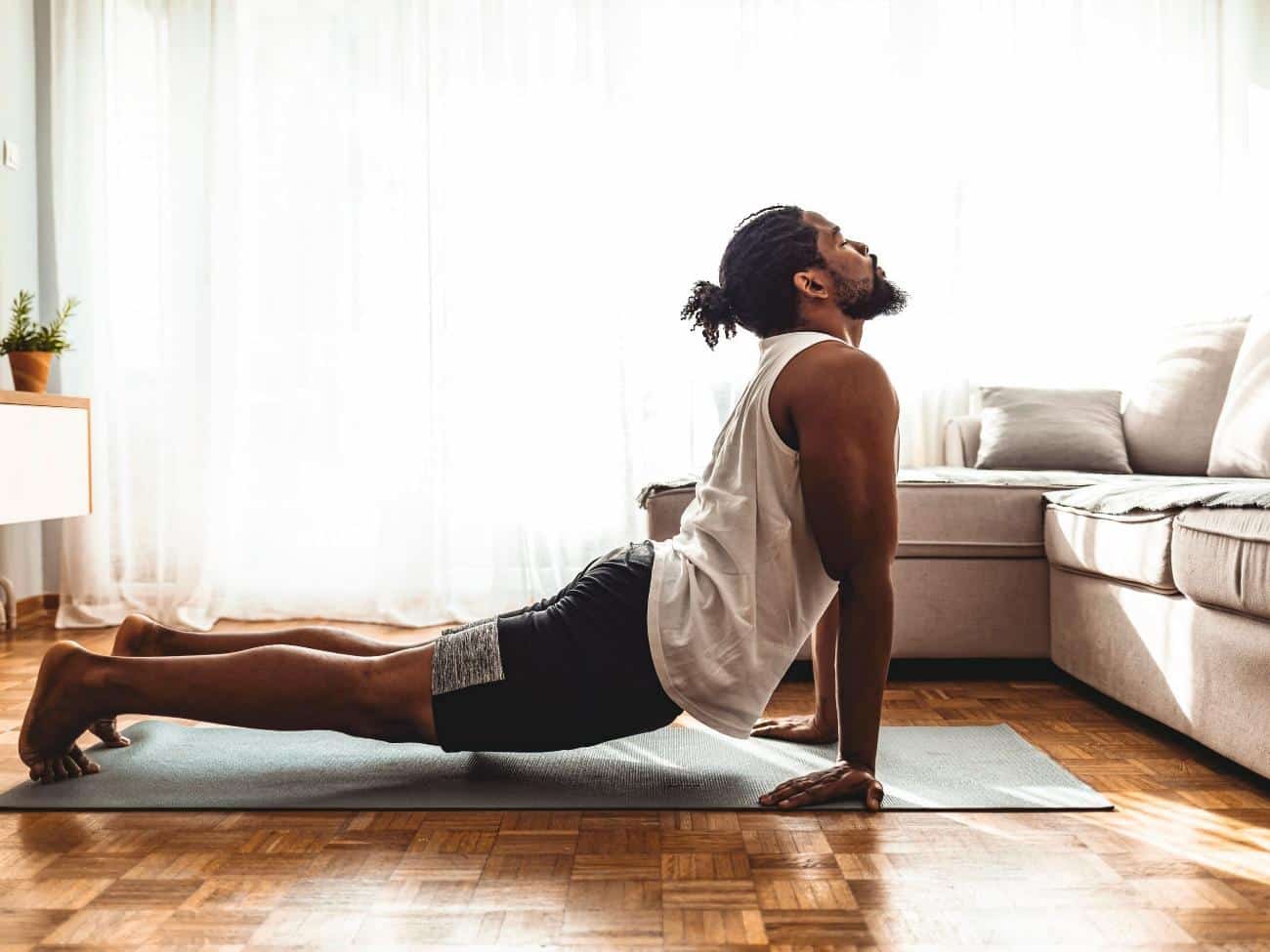
ROM specifically relates to the capacity of our muscles to stretch. What was commonly referred to as flexibility in the past is now known as ROM. It’s true that there are individuals with poor ROMs in various joints, which can lead to compromised exercise technique and potential injuries. To make it easy to understand, let’s consider a very common example in any conventional gym setting. All our joints have a ROM that allows us to perform movements with varying degrees of range. One joint that is highly relevant in society is ankle dorsiflexion. Ankle dorsiflexion is a capacity that affects the ankle joint and allows the tibia and fibula to move to a greater or lesser extent in relation to the foot. Typically, people tend to have limited ROM in this joint, which hinders their ability to perform a squat with proper technique.
When this joint is compromised, or when ROM is limited, during the eccentric phase of a squat, individuals often lose balance or are unable to achieve a deep squat. Limited ROM prevents proper squat technique, leading to compensation such as increased knee valgus, trunk flexion, or heightened pressure on the inner side of the ankle.
That’s why working on ROM is important for executing movements correctly. Improved ROM translates to greater stability and better adaptation to exercise. As a result, strength training becomes more optimized, leading to enhanced muscle mass and strength gains. In today’s blog, we will analyze how specific work is done to enhance ROM and how it can contribute to improvements in strength gains.
What’s ROM & Why is it Important
ROM, or range of motion, is the maximum distance an individual joint or group of joints can cover during a specific movement. As we’ve discussed, in the context of a squat, ROM refers to how deep you can go during the eccentric phase. In certain movements, joint structure or an individual’s own flexibility can limit the range, and this can vary based on the exercise and individual flexibility.
While it’s often overlooked in strength training, ROM is fundamental for muscular development. What’s not widely known is that the recruitment of muscle fibers varies based on the ROM you possess. When aiming to increase muscle mass, achieving maximal recruitment becomes important, underscoring the significance of ROM. A complete ROM allows for greater recruitment of muscle fibers and broader activation of the muscles involved in the movement.
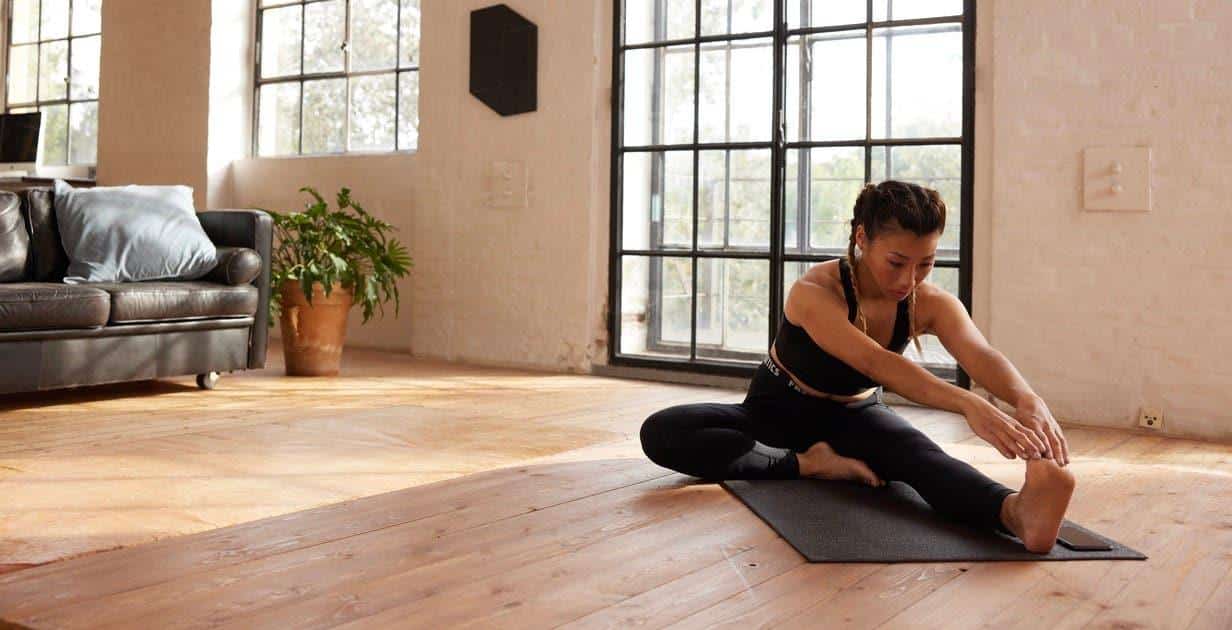
In fact, there are exercises in which the greatest activation occurs when the ROM is greater (1). For instance, in a cable crossover machine exercise, when the arms are abducted, the pectoral muscles are stretched the most. This point of maximum elongation of the pectoral muscles requires greater force to contract the pectoral fibers and perform proper horizontal adduction. With an increased ROM, muscular growth is stimulated across its entire extent. Moreover, a full ROM assists in preventing muscular imbalances and potential long-term injuries.
Benefits of Improving ROM
While ROM might not be one of the determining performance variables in nearly any sport, its training can enhance strength levels and reduce the risk of injury. Among the various potential benefits of improved ROM, let’s focus on those that can benefit both elite athletes and amateur athletes the most. These benefits include:
Injury Prevention
Injury prevention through improved ROM is linked to increased overall body and musculoskeletal system flexibility. When a muscle is more flexible or has a greater ability to elongate, it’s less prone to experiencing muscle cramps or tears during exercise. Conversely, a less flexible and more rigid muscle increases the risk of injury. This risk is heightened during movements or exercises that subject the muscles to high loads or abrupt motions, such as during power training.
By specifically training ROM and performing certain stretching exercises both before and after physical activity, muscles adapt and maintain their flexibility. This flexibility allows muscles to adapt and contract efficiently in the presence of external loads during strength training. This flexibility also reduces the strain on tendons and bones and lowers the likelihood of strains or overextensions.
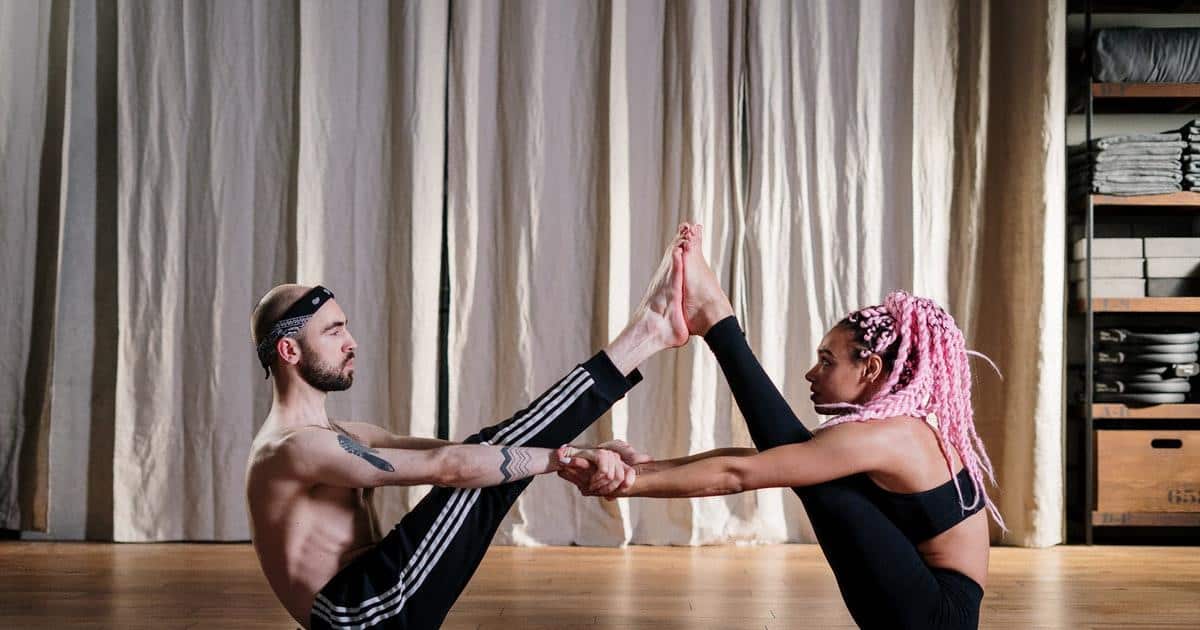
Similarly, a major drawback of having poor ROM is its impact on technique. In other words, if your ROM isn’t good, it’s likely that your joint mobility is compromised, leading to a modified movement pattern. A clear example of this is seen in “Bodybuilding” athletes who struggle to perform an “overhead” squat due to limited shoulder ROM. Their shoulder joint’s functionality is compromised because they’ve gradually reduced their ROM, making it difficult to flex the arm and achieve a vertical position. It’s also true that a significant portion of the population faces the same challenge due to poor overall postural habits.
Impact on Recovery and Muscular Longevity
When considering the structure of any training session or physical exercise, we typically divide it into three parts: Warm-up, main segment, and cooldown. For many years, the cooldown phase has been used to both decrease the intensity from the main segment and target specific aspects separate from the main workout. It’s common to observe teams of children or adolescents engaging in stretching after training. This is primarily done with the idea that it helps alleviate the effects of exercise-induced muscle soreness or DOMS (Delayed Onset Muscular Soreness).
However, does it truly have a positive impact on recovery? Several studies have demonstrated that stretching or working on ROM after a workout does not seem to significantly affect the level of muscle soreness. In fact, as far back as 1994, Wessel and colleagues showed this to be the case (2). Nevertheless, there’s considerable controversy in this area. In 2021, Harahap and colleagues confirmed that a stretching and recovery protocol did indeed have an effect on post-exercise DOMS (3). However, while the evidence hasn’t yet definitively supported or refuted this practice, from our perspective, working on ROM can have positive effects not only on a physical level but also in terms of the athlete’s perception. Even if the scientific benefit hasn’t been conclusively demonstrated, if the athlete feels better due to this cooldown routine, why not continue it?
Enhances Muscular Performance
A recent systematic review with meta-analysis examined the effects of ROM-focused work on strength levels. Ewan T. and colleagues summarized the impacts of working on ROM on strength levels (4). The authors concluded that static ROM improvement programs lead to a very small increase in dynamic muscle strength. Furthermore, it seems that performing stretches before a strength training session might reduce strength gains. On the other hand, engaging in specific stretching work separate from strength sessions can promote strength development.
As previously explained, if you’re able to elongate muscle fibers more during the concentric contraction, a greater number of muscle fibers will be activated, potentially leading to higher exerted force. Furthermore, having good ROM is not only positive for performance but also for postural hygiene (5). If we aim to be strong and possess muscular power, we must treat ROM as another essential variable in our training regimen.
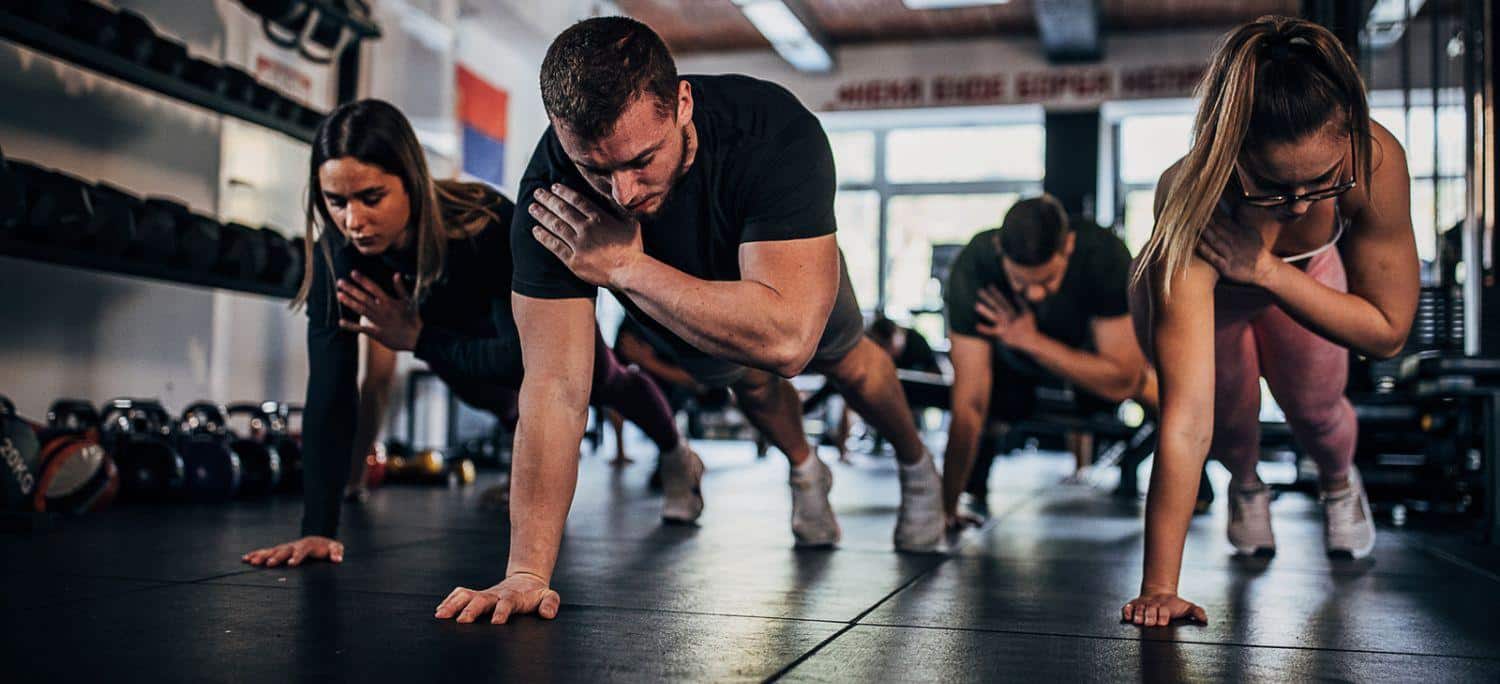
How to Train ROM
Once we’ve discussed the importance of training ROM, we’d like to provide you with a guide to help you get started with this type of training. First and foremost, it’s important to understand that the changes resulting from this training are, firstly, not easily noticeable by sight and, secondly, they occur slowly. That’s why we ask you not to get discouraged if you don’t see immediate results. Consistency and perseverance are key. The first thing to understand is the distinction between exercises that aid in improving ROM through flexibility training and those that enhance ROM through strength training.
Flexibility Exercises:
A good flexibility exercise routine should involve movements related to the shoulders and hips. Humans tend to maintain the same upright and seated postures, which is why we need to prioritize mobility in these two major joint areas. Here are some recommended exercises:
- Shoulder Rotations: Perform arm circles and rotations.
- Arm Abductions/Adductions:
- Ragdoll Pose: Common in yoga and quite beneficial.
- Frog Pose: With legs in abduction, try to bring your pelvis closer to the ground.
- 90-90 Stretch: Involves internal and external rotation of the legs.
These exercises are among those that can greatly help improve hip and shoulder flexibility. If you’d like to know more, don’t hesitate to ask and consider becoming friends with yoga for additional benefits.
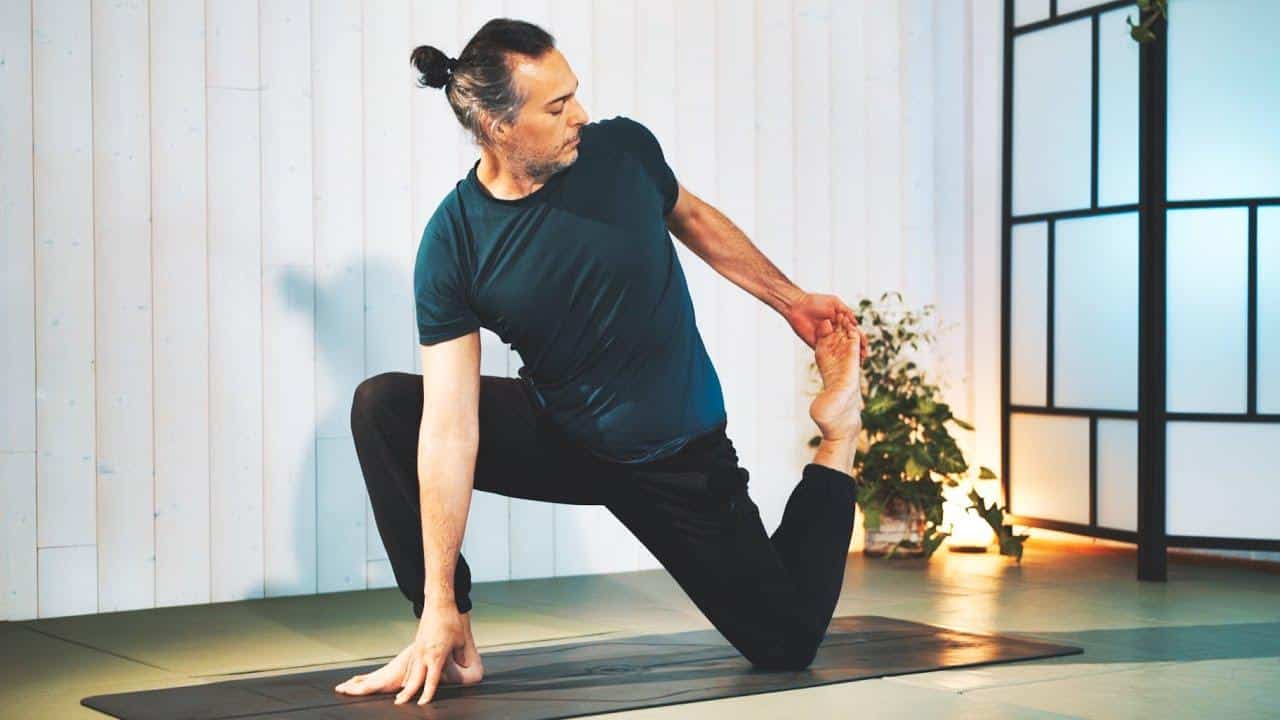
Strength Exercises:
Surprisingly, strength exercises can also aid in improving ROM. The key here is to select exercises that encourage muscle fiber elongation. We suggest the following:
- Weighted Pull-Ups: By adding weight to your pull-ups, you can increase muscle activation and strength in the upper back, biceps, and core. Aim to bring your chest close to the bar in each repetition to maximize ROM.
- Dumbbell Bench Press: When using dumbbells instead of a barbell, you allow for a greater range of motion in the shoulders and pectoral muscles. Lower the dumbbells slowly until your elbows reach bench level before pushing back up.
- Romanian Deadlift: This exercise targets the posterior chain, including the glutes and hamstrings. Keep your legs straight, but not locked, and lower the weight while maintaining a straight and controlled back.
- Weighted Squats: Squats are a compound exercise involving a wide range of muscles, including the quadriceps, glutes, hamstrings, and core. Ensure you lower yourself until your thighs are parallel to the ground to maximize ROM and muscle stimulation.
- By incorporating these strength exercises with a focus on proper form and full range of motion, you can enhance both strength and ROM simultaneously. Remember that gradually increasing the weight and intensity while maintaining good technique is crucial for continued progress.
Conclusion
In conclusion, let’s reiterate that ROM is often overlooked in training, yet it can make a significant difference in many cases. A good ROM indicates a strong, balanced, well-compensated, and adaptable structural foundation for movement during training. Many injuries and muscular and tendinous issues can stem from poor ROM. That’s why, from the Vitruve blog, we encourage you not to neglect training your ROM and to give it the importance it deserves in your training regime.
Remember that you can train ROM through passive stretching exercises and strength exercises. Combining both approaches will provide you with the best possible results. Lastly, keep in mind that changes in the body take time, especially in this case. So, don’t be discouraged if you don’t see progress within the first few weeks. Working on your ROM is also a journey of consistency and perseverance.
Unai Adrián Pérez de Arrilucea Le Floc’h
References
- Chaabene H, Behm DG, Negra Y, Granacher U. Acute Effects of Static Stretching on Muscle Strength and Power: An Attempt to Clarify Previous Caveats.
- Wessel J, Wan A. Effect of stretching on the intensity of delayed-onset muscle soreness. Clinical Journal of Sport Medicine. 1994;4(2):83-7.
- Harahap NS, Siregar N, editors. Effect Stretching and Recovery on Delayed Onset Muscle Soreness (DOMS) After Exercise. Journal of Physics: Conference Series; 2021: IOP Publishing.
- Thomas E, Ficarra S, Nunes JP, Paoli A, Bellafiore M, Palma A, et al. Does Stretching Training Influence Muscular Strength? A Systematic Review With Meta-Analysis and Meta-Regression. Journal of strength and conditioning research. 2023;37(5):1145-56.
- Levi D, Springer S, Parmet Y, Ovadia D, Ben-Sira D. Acute muscle stretching and the ability to maintain posture in females with adolescent idiopathic scoliosis. Journal of back and musculoskeletal rehabilitation. 2019;32(4):655-62.

